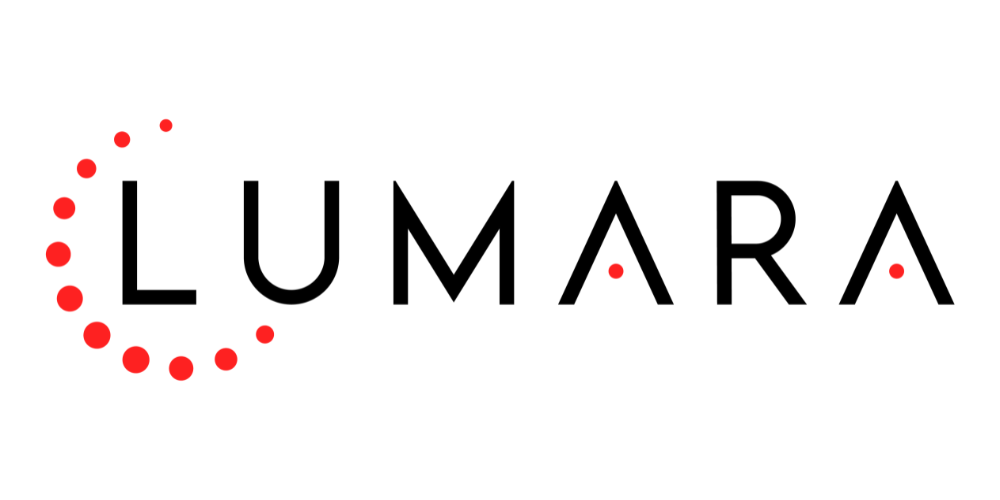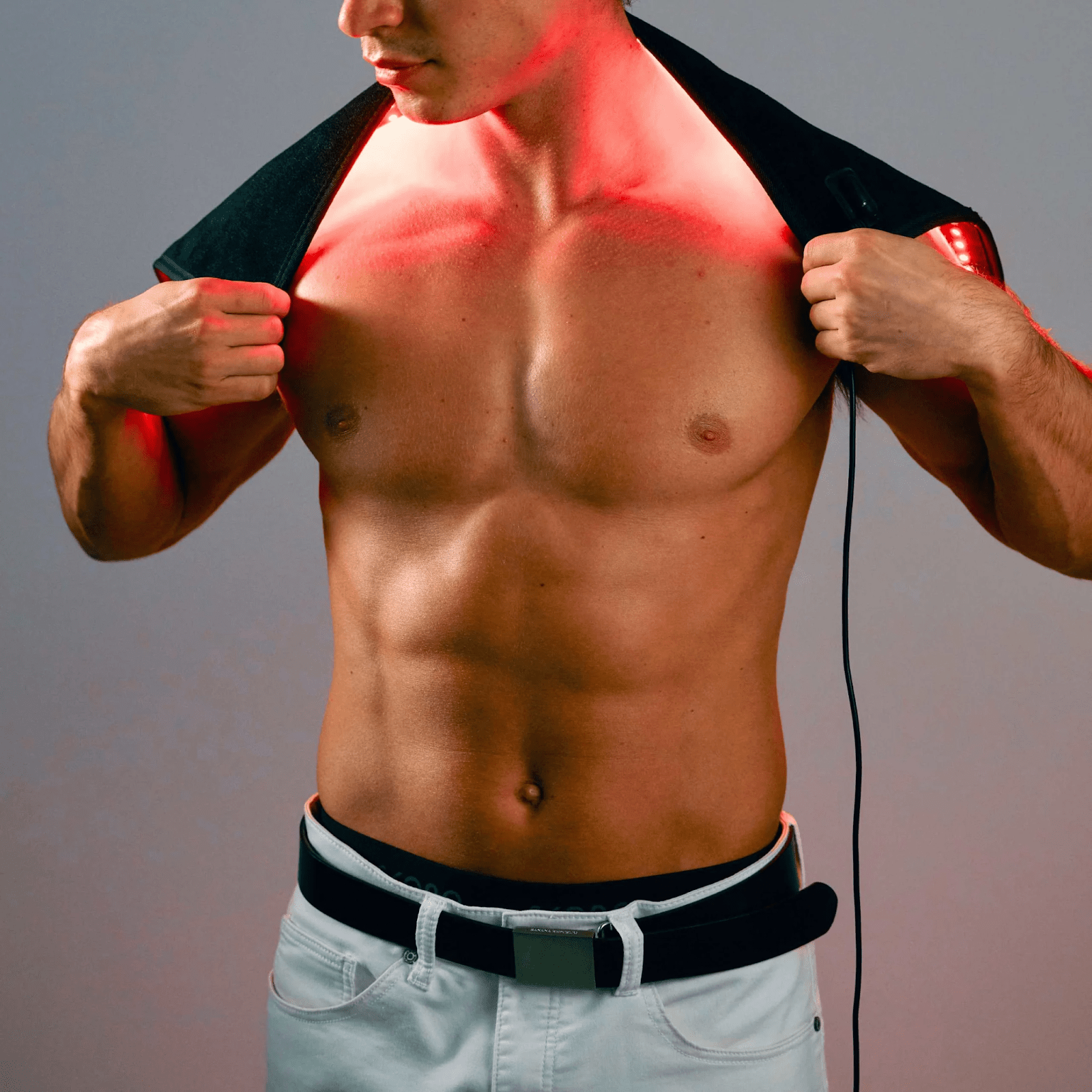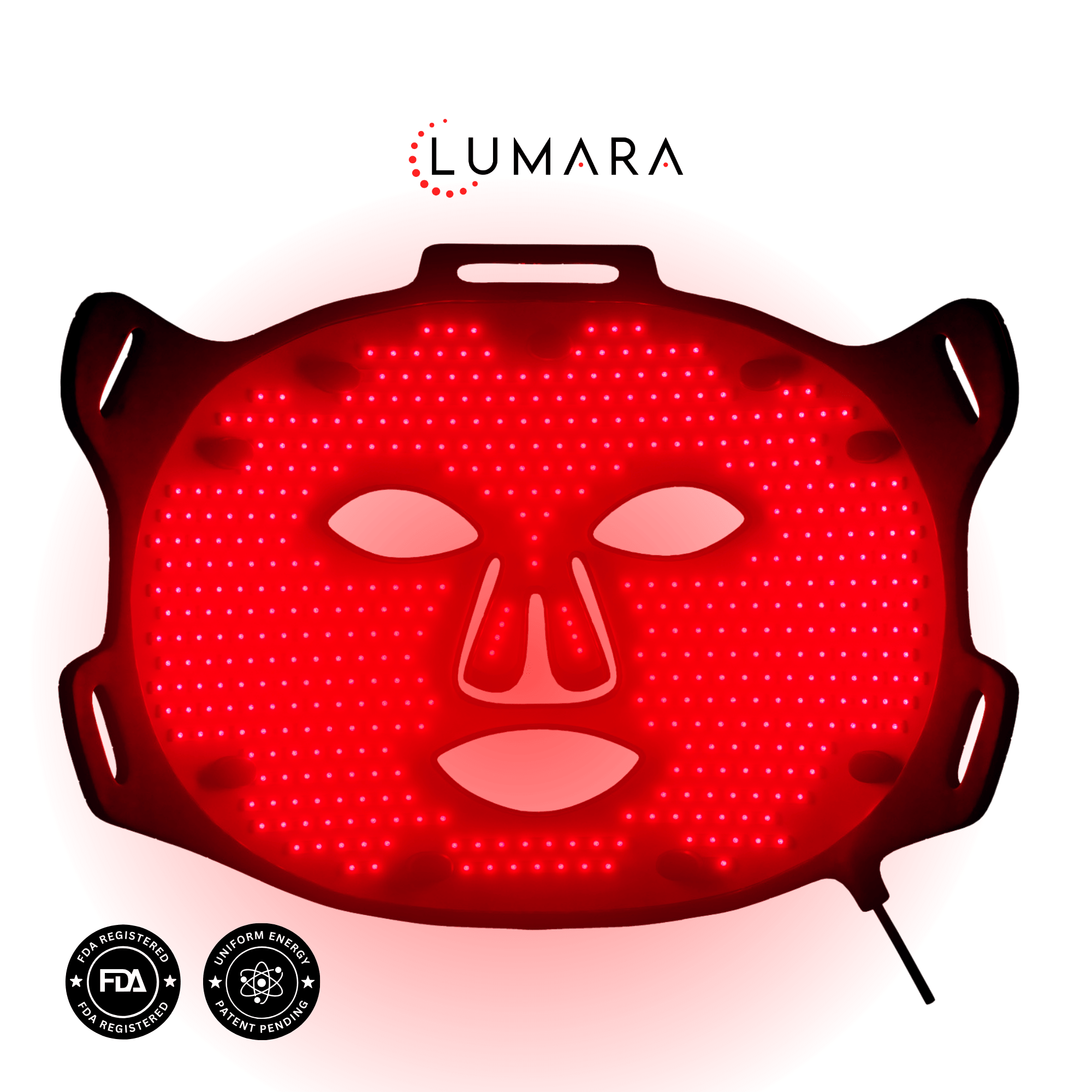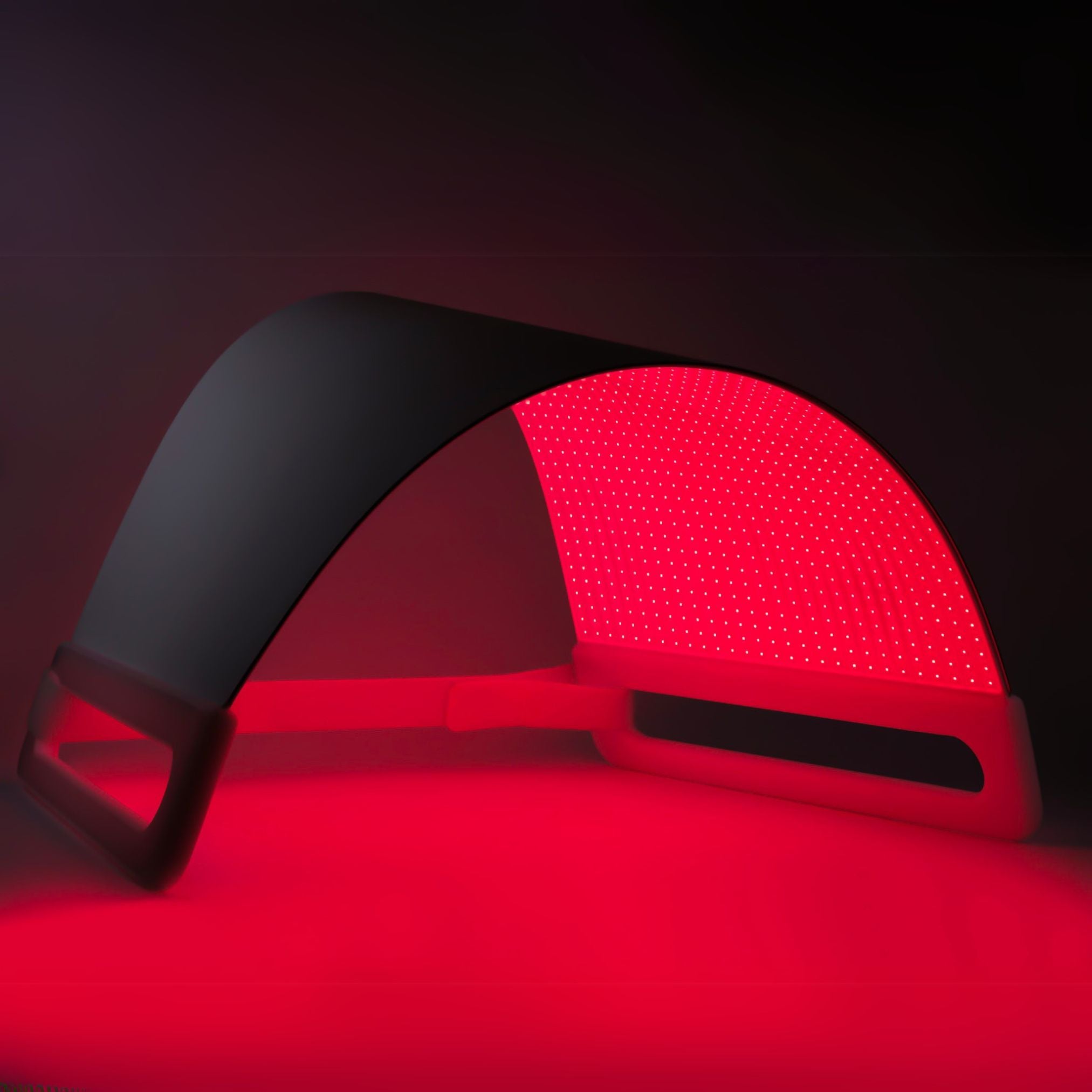Red light therapy (RLT), or photobiomodulation, is a non-invasive treatment that uses specific red and near-infrared wavelengths to stimulate cellular activity.
When absorbed by the body, these wavelengths initiate biological processes that reduce inflammation, boost cellular energy production, and support tissue repair, all without drugs or invasive methods.
Arthritis, whether osteoarthritis or rheumatoid, causes stiffness, swelling, and ongoing discomfort. Red light therapy is gaining attention for its ability to ease these symptoms at the cellular level, restoring function instead of masking pain.
As more people seek alternatives to medications, red light therapy stands out as a science-backed, at-home option with real therapeutic impact.
How Red Light Therapy Works on a Cellular Level
Photo Source -> National Library of Medicine
At the heart of red light therapy’s effectiveness is its interaction with the body’s energy-producing cells.
When red and near-infrared wavelengths reach cellular mitochondria, they activate an enzyme called cytochrome C oxidase.
This enzyme plays a vital role in the electron transport chain, a process that generates adenosine triphosphate (ATP), the body’s primary energy currency.
For arthritis sufferers, this ATP boost is especially important.
Increased energy availability accelerates tissue repair, enhances cellular resilience, and supports regeneration in damaged or inflamed joints.
This results in more energy for healing, less downtime, and improved joint function over time.
Why Near-Infrared Light Therapy Is the Gold Standard for Arthritis Relief
What sets near-infrared light therapy apart from traditional red light therapy is its ability to reach deeper structures.
While red light is effective for surface-level issues like skin inflammation, near-infrared light penetrates deeper into the body, making it far more effective for treating arthritis.
Studies consistently show that near-infrared light helps regulate the immune response, and calm overactive inflammation.
All without drugs or invasive procedures.
Core Benefits of Red Light Therapy for Arthritis Sufferers
For those living with arthritis, relief often feels like a tradeoff between temporary comfort and long-term side effects. But red and near-infrared light therapy offer a different path, one backed by science and free from pharmaceuticals.
While it isn’t a cure, it can help sufferers manage their symptoms and live better lives.
Reduced Inflammation at the Source
One of the most significant benefits of near-infrared light therapy is its ability to reduce inflammation on a cellular level.
Photobiomodulation modulates key pro-inflammatory cytokines that are heavily implicated in both rheumatoid arthritis and osteoarthritis.
These cytokines fuel swelling, joint stiffness, and tissue damage.
Near-infrared light also downregulates enzymes like COX-2 and MMP-13, which are responsible for breaking down cartilage and aggravating joint deterioration.
By disrupting these inflammatory pathways, near-infrared light therapy protects joint integrity while easing daily discomfort.
Enhanced Blood Flow & Oxygenation
Beyond inflammation, arthritis is often compounded by poor circulation to affected joints.
Near-infrared light therapy promotes the release of nitric oxide, a natural vasodilator that widens blood vessels and improves overall vascular function.
This leads to increased oxygen and nutrient delivery to inflamed areas, accelerating the body's natural healing processes. Improved circulation not only supports tissue repair but also helps flush out metabolic waste that contributes to chronic stiffness and swelling.
Natural Pain Relief Without Side Effects
Unlike pharmaceutical interventions, light therapy offers pain relief without the side effects of long-term medication.
It works by reducing levels of prostaglandin E2, a biochemical compound that intensifies pain perception in inflamed tissue. By calming this signaling pathway, RLT delivers meaningful relief for arthritis sufferers.
It’s a therapeutic strategy that supports the body, rather than masking symptoms.
Session Frequency and Tips
Like physical therapy, red light therapy delivers its best results through consistent use. One session may offer short-term relief, but the true benefits, reduced inflammation, improved joint mobility, and tissue repair, emerge through repeated exposure over weeks and months.
Is It Safe for Daily Use on My Joints?
Yes, red light therapy is safe for long-term, daily use when operated within therapeutic guidelines.
There are no adverse effects when the light is used as intended, provided the device has the correct wavelengths and energy levels. Devices that overheat or emit unregulated energy can cause skin irritation, but these are typically low-quality, mass-market products.
Look for high-quality systems that are carefully calibrated to deliver consistent and safe energy without excessive heat buildup.
Best Positioning for Joint Treatment
For optimal results, joints should be treated from multiple angles.
Light should be applied to both the front and back (or top and bottom) of the joint to ensure comprehensive coverage. Joints like fingers, knees, and wrists have multiple layers of tissue and complex structures, so single-direction exposure often misses key inflammation zones.
Flexible devices make this multi-angle treatment easy and consistent.
Simultaneous Vs. Alternating Treatment
Simultaneous treatment is ideal when possible.
Treating both hands, knees, or affected joints at the same time ensures symmetry in results and saves time. Alternating treatment is still effective but may produce uneven outcomes if consistency varies between sessions.
The key is uniform dosage and coverage, whether simultaneous or alternating, both sides must receive equal attention over the course of treatment.
Choosing the Right Device for Arthritis
We’ve all seen those fancy red light masks or panels online, but they’re not what you need for treating arthritis. While with the right specs, those can definitely be effective for skin rejuvenation, they lack the flexibility to bend and conform to the places you need most.
When it comes to ease of use, especially for older adults or those with limited dexterity, red light pads consistently outperform other devices.
Flexible pads contour to curved areas like your joints allowing for full contact and even energy absorption.
In contrast, flashlight-style wands require awkward positioning, and often fail to deliver a consistent dose.
Tools like the Lumara Pad offer the ergonomic advantage of form-fitting design, which improves comfort and boosts treatment efficiency.
Wavelength Matters
Not all red light is created equal, and when it comes to arthritis relief, the exact wavelength matters more than most people realize. If you're shopping for a red light therapy device to manage arthritis, skip the marketing buzzwords and focus on the specs that matter:
True Wavelengths: Any product that lists vague terms like “infrared light” or “red glow” without exact nanometers (830nm and 950nm) is not providing therapeutic-grade output.
This is non-negotiable if you're looking for meaningful, measurable arthritis relief.
Ready For Relief?
If you're ready to experience the restorative power of red light therapy for arthritis, Lumara designed the solution you’ve been searching for. Experience the relief of red light and infrared light therapy with transparent specs you can trust.
⚡ Discover the Lumara Pad: FDA-cleared and rigorously tested for therapeutic wavelengths. Combining red and infrared light, it delivers targeted relief to hands, knees, and high-impact joints.
Whether you’re managing morning stiffness or looking to reduce long-term inflammation, Lumara has the power to help you take the next step toward comfort, function, and freedom.






Share:
Seasonal Affective Depression and Light Therapy | Does It Work
Red Light Therapy for Cellulite | The Science & Best Results